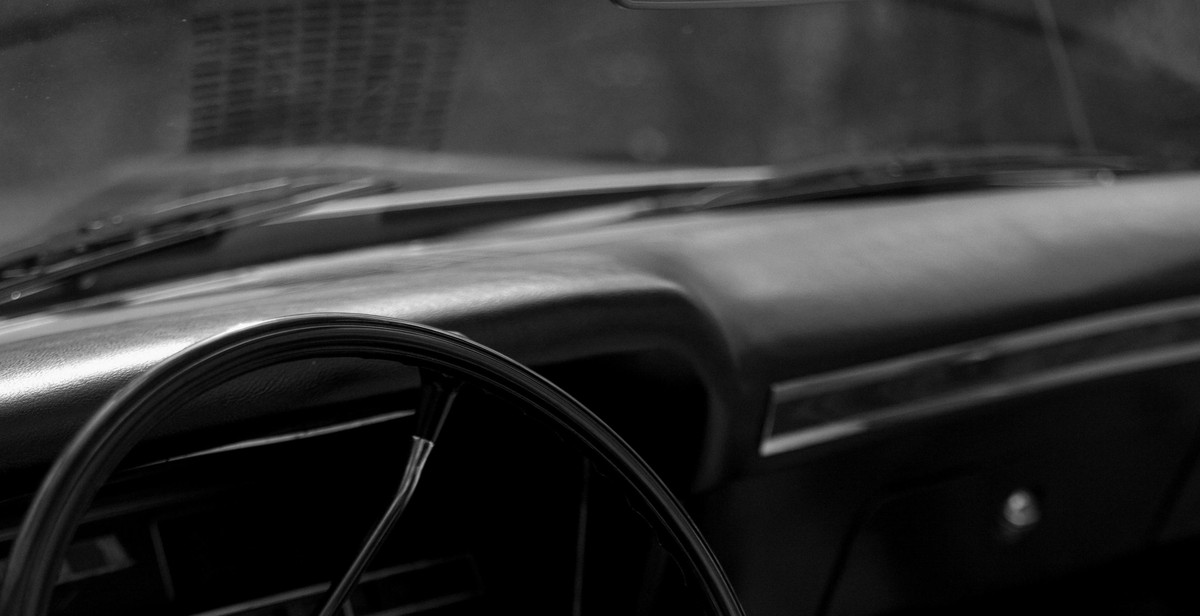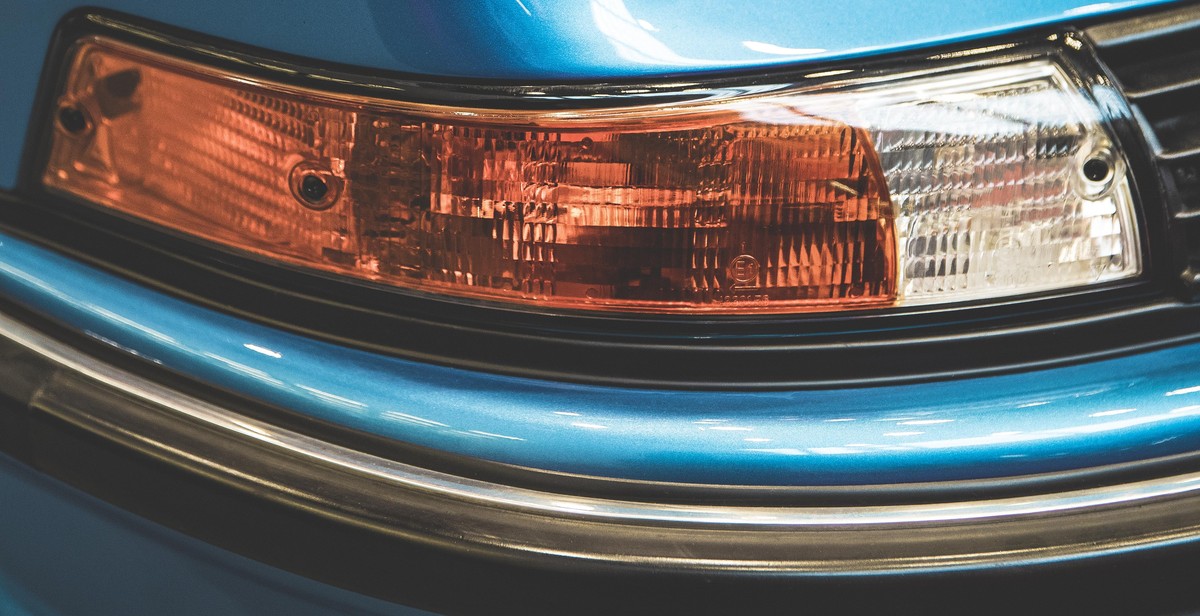How to Maintain and Upgrade Oldtimer Car Suspension Systems
Oldtimer cars are a true gem for car enthusiasts. They are a symbol of classic style and elegance, and their timeless design never goes out of fashion. However, maintaining and upgrading an oldtimer car can be quite challenging, especially when it comes to the suspension system.
The suspension system is one of the most important parts of any car, and it is responsible for providing a smooth ride and ensuring the safety of the driver and passengers. In an oldtimer car, the suspension system may require some extra attention and care due to its age and wear and tear.
Maintaining an Oldtimer Car Suspension System
The first step to maintaining an oldtimer car suspension system is to inspect it regularly. Look for any signs of wear and tear, such as cracks, leaks, or rust. Check the shock absorbers, springs, and other components of the suspension system for any damage or signs of wear.
Regular maintenance, such as lubrication and cleaning, can also help extend the life of the suspension system. Make sure to use high-quality lubricants and cleaners that are specifically designed for oldtimer cars.
Upgrading an Oldtimer Car Suspension System
If you want to upgrade your oldtimer car suspension system, there are several options available. You can replace the old components with new ones, upgrade to a modern suspension system, or install aftermarket parts.
Before making any upgrades, it is important to consult with a professional mechanic or suspension expert. They can advise you on the best options for your particular car and budget.
Overall, maintaining and upgrading an oldtimer car suspension system requires careful attention and expertise. With the right care and upgrades, however, your oldtimer car can provide a smooth and safe ride for many more years to come.

Understanding Oldtimer Car Suspension Systems
Oldtimer car suspension systems are an essential part of a classic car’s performance and safety. Suspension components absorb shock, maintain tire contact with the road, and provide stability and control while driving. Understanding the different components and types of oldtimer car suspension systems can help you maintain and upgrade your classic car’s suspension.
Components of Oldtimer Car Suspension Systems
Oldtimer car suspension systems consist of several components that work together to provide a smooth and safe ride. The main components include:
- Control arms: These are the main structural pieces that connect the wheels to the car’s frame. They allow the wheels to move up and down while keeping them in line with the car’s body.
- Coil springs: These are the main springs that support the car’s weight and absorb shock from the road.
- Shock absorbers: These are hydraulic or gas-filled components that help control the movement of the springs and provide a smooth ride.
- Ball joints: These are the pivot points between the control arms and the steering knuckles. They allow the wheels to turn and move up and down while maintaining alignment with the car’s body.
- Struts: These are similar to shock absorbers but are integrated with the coil springs and control arms.
Types of Oldtimer Car Suspension Systems
There are several types of oldtimer car suspension systems, each with its own advantages and disadvantages. The main types include:
| Type | Description |
|---|---|
| Independent suspension | This type of suspension allows each wheel to move independently of the others, providing better handling and a smoother ride. |
| Solid axle suspension | This type of suspension uses a single axle to connect both wheels, providing better stability and load-carrying capacity but a rougher ride. |
| Leaf spring suspension | This type of suspension uses long, curved springs to support the car’s weight and absorb shock. It is common in older trucks and SUVs. |
| Torsion bar suspension | This type of suspension uses a metal bar that twists to absorb shock and support the car’s weight. It is common in older sports cars. |
Understanding the components and types of oldtimer car suspension systems is essential when maintaining and upgrading your classic car’s suspension. By choosing the right components and type of suspension for your car, you can improve its handling, ride comfort, and overall performance.
Signs of Suspension System Problems
The suspension system is an essential part of any vehicle. It helps to provide a smooth ride and ensures the car remains stable when driving on uneven surfaces. However, over time, the suspension system can develop problems, which can affect the car’s performance and safety. Here are some of the most common signs of suspension system problems:
Unusual Noises
If you hear unusual noises when driving, it could be a sign of suspension system problems. These noises could include clunking, banging, or rattling sounds. The noises may be more pronounced when driving over bumps or rough surfaces. These noises may indicate worn-out or damaged suspension components, such as shocks, struts, or springs.
Vehicle Pulling to One Side
If your car pulls to one side when driving, it could be a sign of suspension system problems. This pulling could be caused by worn-out or damaged suspension components, such as struts or control arms. However, it could also be caused by tire problems, such as uneven tire pressure or worn-out tires.
Uneven Tire Wear
If you notice that your tires are wearing out unevenly, it could be a sign of suspension system problems. Uneven tire wear could be caused by worn-out or damaged suspension components, such as shocks, struts, or ball joints. It could also be caused by incorrect wheel alignment or tire pressure.
If you notice any of these signs of suspension system problems, it is essential to have your car inspected by a professional mechanic. They can identify the cause of the problem and recommend the necessary repairs or upgrades.
Maintenance Tips for Oldtimer Car Suspension Systems
Oldtimer car suspension systems are designed to last, but like any other mechanical component, they require regular maintenance to function optimally. Here are some tips to help you keep your oldtimer car suspension system in good condition:
Inspecting and Replacing Worn Parts
Regular inspection of suspension components is crucial to ensure that they are in good working condition. Some parts, such as shock absorbers, springs, and ball joints, have a limited lifespan and may need to be replaced periodically. It is important to replace worn parts promptly to prevent further damage to the suspension system. Signs of worn suspension parts include excessive noise, uneven tire wear, and poor handling.
Cleaning and Lubricating Suspension Components
Regular cleaning and lubrication of suspension components can help prevent corrosion and prolong their lifespan. Use a degreaser to remove dirt and grime from the components, then apply a silicone-based lubricant to prevent rust and keep the components moving smoothly. Be sure to avoid getting lubricant on the brake rotors or pads, as this can affect braking performance.
Checking and Adjusting Alignment
Alignment refers to the angle and direction of the wheels in relation to the vehicle and the road. Proper alignment is essential for good handling and tire wear. Over time, the suspension components can become misaligned due to wear and tear or impact from potholes and other debris. Regular checking and adjustment of alignment can help ensure that the suspension system is functioning optimally. If you notice uneven tire wear or the vehicle pulling to one side, it may be time to have the alignment checked and adjusted.
By following these maintenance tips, you can help keep your oldtimer car suspension system in good condition and ensure that it continues to provide a smooth and comfortable ride. Regular inspection and maintenance can also help prevent costly repairs down the line.

Upgrading Oldtimer Car Suspension Systems
Oldtimer cars are classic vehicles that have been around for a long time. Their suspension systems are often outdated and may need an upgrade to improve their performance and safety. There are several ways to upgrade an oldtimer car suspension system, including replacing springs and shock absorbers, installing stabilizer bars, and upgrading to modern suspension systems.
Replacing Springs and Shock Absorbers
One of the most common ways to upgrade an oldtimer car suspension system is to replace the springs and shock absorbers. This can improve the car’s handling and make it more comfortable to drive. Oldtimer cars often have worn-out springs and shock absorbers that need to be replaced. This can be done by a professional mechanic or by the car owner if they have the necessary skills and tools.
Installing Stabilizer Bars
Installing stabilizer bars is another way to upgrade an oldtimer car suspension system. Stabilizer bars help to reduce body roll and improve handling. They are especially useful when driving on winding roads or when making sharp turns. Installing stabilizer bars can be done by a professional mechanic or by the car owner if they have the necessary skills and tools.
Upgrading to Modern Suspension Systems
Upgrading to modern suspension systems is the most comprehensive way to upgrade an oldtimer car suspension system. Modern suspension systems are designed to provide better handling, comfort, and safety. They often include features such as adjustable shocks, air suspension, and electronic stability control. Upgrading to a modern suspension system can be costly, but it can greatly improve the performance and safety of an oldtimer car.
| Pros | Cons |
|---|---|
| Improved handling | Costly |
| Increased comfort | May require professional installation |
| Better safety | May alter the original look of the car |
Overall, upgrading an oldtimer car suspension system can greatly improve the car’s performance and safety. Whether it’s replacing springs and shock absorbers, installing stabilizer bars, or upgrading to a modern suspension system, there are several options available to car owners. It’s important to weigh the pros and cons of each option and choose the one that best fits the car’s needs and budget.

Conclusion
Oldtimer car suspension systems are an essential part of these vintage vehicles, and maintaining and upgrading them is crucial for a smooth and safe driving experience. By following the tips and techniques outlined in this article, you can extend the life of your suspension system and keep your oldtimer car on the road for years to come.
Regular Maintenance
Regular maintenance is essential for any vehicle, but it is especially crucial for oldtimer cars. By inspecting and replacing worn-out parts, you can prevent more serious problems down the road. Additionally, lubricating moving parts and keeping the suspension system clean can help prevent rust and corrosion.
Upgrading Your Suspension System
If you are looking to upgrade your oldtimer car suspension system, there are many options available. Upgraded shock absorbers, springs, and sway bars can improve handling and ride comfort. Additionally, modern suspension systems can be retrofitted to fit older vehicles, providing improved performance and safety.
Expert Assistance
If you are unsure about how to maintain or upgrade your oldtimer car suspension system, seek the assistance of an expert mechanic. They can provide advice and guidance on the best course of action for your vehicle.
